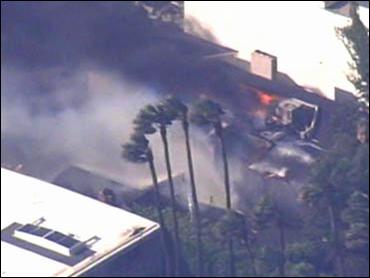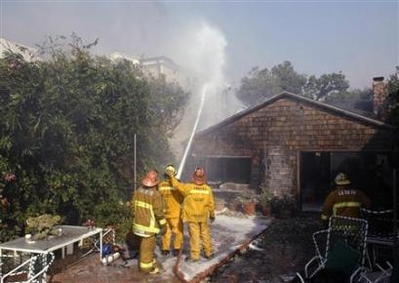10:00 AM — The program begins. Many more sponsors this year. And the crowd is quite large. We are on the first day, which is an extra feed, but the room is mostly full. 254 people expected for Saturday. Adam Block will announce a new public observatory tonight — perhaps the Caelum project has been successful!
10:10 AM — Introducing Adam Block, late of the Advanced Observing Program at Kitt Peak, imager extraordinaire and now operator of Caelum Observatory. Kicking off “Must Know Processing” presentation. By show of hands at least half (if not more) of the audience are first-time AIC Attendees. Topic 1: Calibration in Maxim DL and CCDStack.
We’ll see if it makes sense to keep up the live blog or not…
10:20 AM — Demonstrating the automated calibration features in Maxim DL — which is what I really like about the program. On to CCDStack. Fixed the microphone :-). He is starting, in both cases, from master flats/darks/biases. Skipping the hard lifting of combining the subframes to create the master. Cool image of asteroids in the — even some new ones.
10:30 AM — CCDStack reports the actual bit mapped value depending on the screen stretch. Lower right hand corner. I wish they would really show de-blooming in CCDStack, because I have never had it work accurately on the large blooms I get on my ST-10.
10:40 AM — Cool feature in Maxim DL, the Command Sequencer. Define a set of actions and go. Now on to Data Reject in CCDStack. It sure looks like it rejected many more pixels than Maxim DL. Over rejected if you ask me. Showing the percentage, it is over 1%, probably really too high, by the standard described by Adam.
11:00 AM — Alignment in CCDStack. Not sure why he isn’t using star snap to begin with. It works quite well. The sample does not have dithering, and I always dither. Now he is on to start snap.
11:15 AM — Getting into the statistics of pixel values. Good background knowledge to have when applying techniques. Median, mode, mean, etc. And on to Data Rejection. Normalization means we will compare pixels on a comparable basis — subtracting sky brightness, then scale to the same brightness. CCDStack uses mode to determine sky brightness as it is insensitive to inclusion of stars. Weight in CCDStack is the inverse of the scaling factor.
11:30 AM — Excel data analysis — need to look into that. Reminder to Adam Block: Don’t do Excel live…
11:40 AM — Choose data rejection based on standard deviations. So the factor in CCDStack is the sigma value. Adam recommends 2.0 as a good number to work with. Speaks about sigma reject as contrast enhancement, rather than noise reduction. I wonder why he isn’t using the top image % option, which would select a sigma factor to reject a fixed percentage of the image. Good question on how CCDStack would handle summing with rejected pixels. Adam recommends using the mean rather than the sum. In fact, the question on rejected pixels also applies to mean combine — does CCDStack count the rejected pixels when calculating the mean? Adam targets 2% to 3% rejection.
…Lunch…
1:00 PM — MaximDL normalization is done within the sigma clip function — use linear normalization. Didn’t really get the threshold rejection.
1:20 PM — Photoshop essentials. Move a layer with darken blending mode to fix star elongation. Color mask to select stars, minimum filter to de-emphasize stars.
1:55 PM — DDP, while fiddling with PixInsight at my seat.
…Cookie break…
2:45 PM — Very cool use of multiply blend mode to brighten dim areas. And Adam does not use layers to avoid destructive edits. Copy base layer, brighten base layer a lot, change top layer to blend mode multiply, reduce opacity to bring underlying brightness out. On to High-pass filter process. Select stars by color range highlight, expand by 9, feather by 5, cut from high-pass layer.
3:00 PM — LAB color. Convert to LAB color space, stretch (Adam increased contrast) a channel to enhance red, b channel to enhance blue.
3:20 pm — To bring out fractional values in floating point images, use pixel math to bump up total values before saving as 16 bit integer.
End of presentations for the day.
Like this:
Like Loading...



